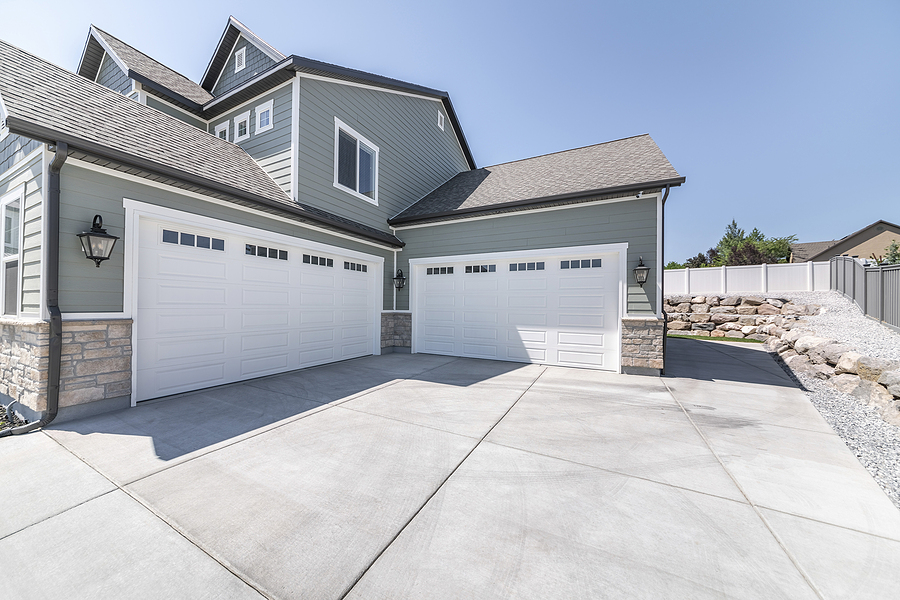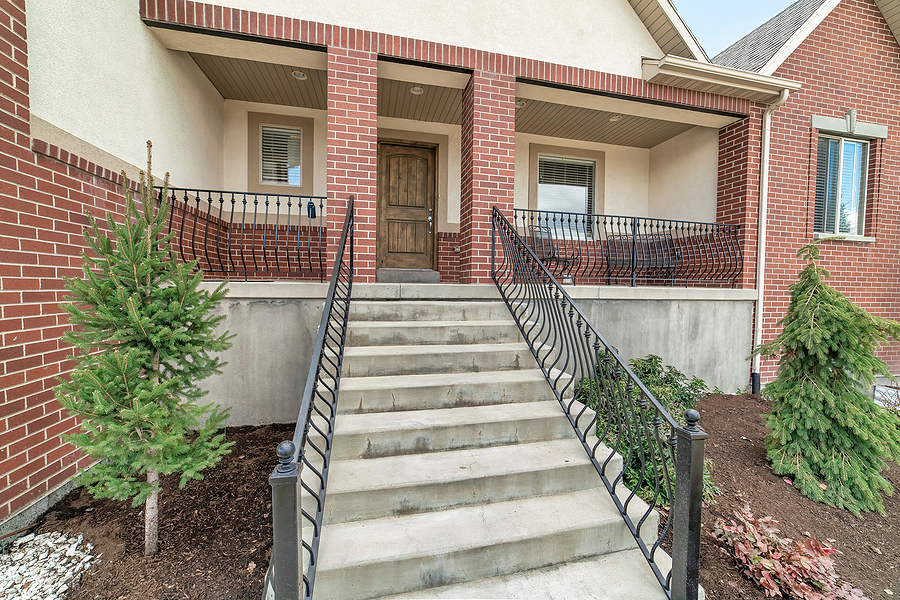Do you find yourself dodging bumps and dips every time you pull into your driveway? Sunken concrete isn’t just an inconvenience; it’s a problem that can pose safety risks, impact your home’s curb appeal, and potentially lower property value. The good news? You don’t have to shell out a fortune to replace your driveway entirely. Concrete leveling offers a fast, cost-effective solution to restore your driveway’s surface and eliminate those hazardous irregularities.
By the end of this guide, you’ll understand what causes driveway sinking, the advantages of concrete leveling over replacement, and how the process works. You’ll also get answers to common questions and tips on how to achieve long-lasting results. If your driveway is sinking, keep reading to learn why concrete leveling might be the best move you’ll make this year.

Common Causes of Sunken Driveways
To fix a problem, you first need to understand it. Sunken driveways are typically caused by underlying issues beneath the concrete slab. Here are the most common culprits:
1. Soil Erosion
Over time, water can wash away the soil or gravel under your driveway. Poor drainage systems or heavy rains in certain regions can accelerate this erosion, leaving parts of your driveway unsupported.
2. Poor Compaction
If the soil beneath the driveway wasn’t properly compacted during installation, it can settle unevenly, causing the concrete above it to sink in places.
3. Tree Roots
Tree roots can grow beneath your driveway slab, pushing it upward in some areas while displacing soil in others. This combination creates uneven surfaces.
4. Freeze-Thaw Cycles
Regions prone to freezing winters, such as the Midwest, experience soil expansion and contraction due to freeze-thaw cycles. These movements can shift the concrete slab, leading to settlement over time.
Knowing the cause of your driveway’s sinking can help you prevent the issue from worsening and inform the best repair method.
The Problems with a Sunken Driveway
Ignoring sinking concrete can lead to a variety of issues—for you, your home, and even your visitors.
Safety Hazards
Uneven surfaces can create tripping risks, especially for children and older adults. Additionally, dips in the driveway can damage your car’s undercarriage if not navigated carefully.
Aesthetic Concerns
Your driveway is one of the first things people notice about your property. Sunken concrete makes your home look neglected, detracting from its curb appeal.
Property Value Impact
Potential buyers might see a sunken driveway as a sign of larger foundational problems. Addressing it can maintain or even improve your home’s resale value.
View Our Sunken Driveway Leveling Solutions! 📐
Concrete Leveling vs. Replacement
When repairing a sunken driveway, you’re faced with two main options: concrete leveling or full replacement. Here’s how they compare:
Concrete Leveling
Pros:
- Cost-effective, typically costing $5–$25 per square foot depending on the method, with polyurethane foam injections being a common choice.
- Quick process; most jobs are completed in a single day.
- Minimal disruption to landscaping or surrounding areas.
Cons:
- Not suitable for concrete with severe cracks or extensive damage.
Concrete Replacement
Pros:
- Provides a brand-new surface.
Cons:
- Much more expensive than leveling.
- Time-intensive, with curing periods of up to 28 days before use.
- Greater environmental impact due to demolition and concrete production.
For most homeowners, concrete leveling is the more practical option unless the damage is beyond repair.
The Concrete Leveling Process
Wondering how concrete leveling works? Here’s a step-by-step look:
Step 1. Assessment – A professional evaluates the sunken area and determines the extent of the issue and the most suitable method (e.g., mudjacking or polyurethane foam injections).
Step 2. Drilling – Small holes are drilled into the affected concrete slab. These holes allow for the injection of leveling material.
Step 3. Injection – A lifting material, such as polyurethane foam, is injected through the drilled holes. This material expands, lifting the slab back to its original level.
Step 4. Sealing – Once the concrete is leveled, the holes are sealed, leaving the surface smooth and functional again.
Step 5. Cleanup – The site is cleaned up, and you can typically drive on the surface within 24 hours (or even sooner).
Benefits of Concrete Leveling
Why choose concrete leveling for your sunken driveway? Here are the key benefits:
- Cost Savings – With concrete leveling costing significantly less than replacement, it’s a smart financial choice.
- Fast Turnaround – Most concrete leveling projects are completed in a single day, meaning minimal disruption to your daily life.
- Sustainability – By lifting your existing concrete, you reduce the waste associated with tearing out and replacing a slab.
- Long-Lasting Results – Polyurethane foam injections are durable and resistant to changing weather conditions, ensuring your leveled driveway lasts for years.
FAQs
How long does concrete leveling last?
It can last 10–20 years or longer, depending on factors like soil stability and climate.
Is concrete leveling a permanent solution?
While it’s highly durable, periodic maintenance may be needed in areas with extreme soil or weather conditions.
What types of concrete damage can be fixed with leveling?
Concrete leveling can address uneven slabs, minor cracks, and sinking caused by soil compaction or erosion.
How soon can I drive on my driveway after leveling?
With polyurethane foam injections, you can typically drive on your driveway within hours of completion.
What is the difference between mudjacking and polyurethane foam injection?
Mudjacking uses a mixture of cement and soil, while polyurethane foam is lighter, more durable, and quicker to cure.
Take Action Today and Restore Your Driveway
A sunken driveway doesn’t just look bad—it can also create safety hazards, such as tripping risks, and negatively affect your property’s curb appeal and value. Over time, soil erosion, settling, or poor installation can cause the concrete to sink or become uneven.
Fortunately, concrete leveling provides a quick, cost-effective, and environmentally friendly solution to restore your driveway’s surface. By lifting and leveling the existing concrete, this process eliminates the need for a full replacement, saving you time, money, and the hassle of major construction.
From fixing minor dips to leveling large sunken areas, our team has the skills and experience to help. Don’t wait until the problem worsens. Book a consultation with EcoLift Concrete Leveling LLC today and keep your driveway safe, functional, and visually appealing.
Related Post: Top 5 Signs Your Concrete Needs Leveling or Lifting

